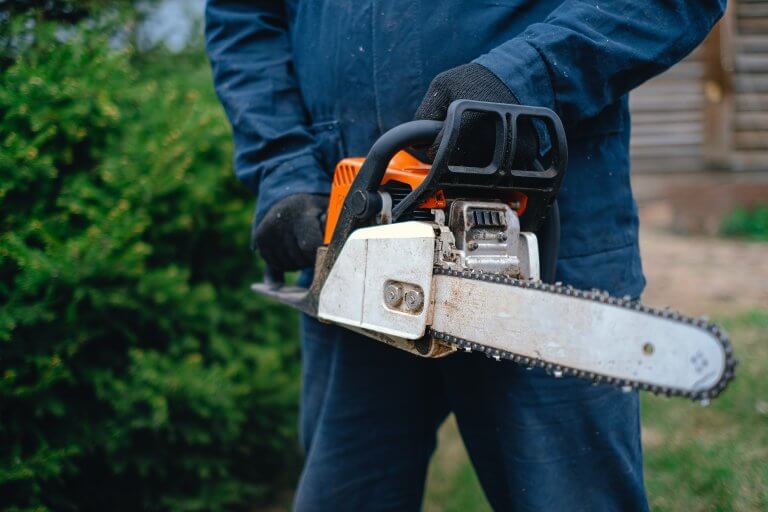How to Remove Silicone Spray
It is possible to remove silicone spray from most surfaces by applying a strong solvent. Solvent lubricant sprays usually adhere to both hard and soft surfaces making it hard to remove them with hot soapy water. When you use a strong solvent, you break the bond between the silicone and the surface, thus making it easy to wipe the silicone spray. Therefore, if you follow the right procedure, you can remove silicone spray with ease. This article will help you determine how you can remove silicone spray by following simple steps:
Steps on How to Remove Silicone Spray
Pour a few tablespoonfuls of a strong solvent onto a corner of a towel in a well-ventilated area and use rubber gloves to protect your hands from skin irritation. A well-aerated room will ensure a free flow of air to prevent suffocation or difficulty breathing.
Using the moistened section of the towel, press the silicone spray and start rubbing the coated areas. Rubbing should be done in a steady circular motion for efficiency. If you have a large lubricant spot, you may have to wet the towel several times with the solvent. Sometimes, leaving the solvent on the area for about an hour is highly recommended, especially if you have tried removing the spot a few times unsuccessfully.
Use a clean, dry towel to rub the lubricant surface in circles. When the towel gets damp, move to a clean spot on the towel until you get the job done.
Use another clean, dry towel o wipe down the surface again. After carefully wiping the surface, check if there is any reaming silicone and then repeat the solvent application process if need be. You may have to apply the solvent several times depending on the size of the silicone spot, type of silicone spray used, or the type of surface you are cleaning.
How to remove a silicone sealer
Most people remove silicone sealers from their household surfaces every two or three years. The main objective is to replace it with a new sealant. However, getting the silicone sealer off without damaging glass, tiles, ceramic, Formica, or fiberglass is crucial. Using the right technique and appropriate tools can make silicone sealer removal job reasonably easy.
How do you do it?
Using a razor blade, remove as much silicone sealer as possible. However, be cautious not to scratch the surface. If, by any chance, the sealer fills a space between perpendicular surfaces, slide the razor blade flat along each surface to remove the sealer. Then peel the strip away to ensure you have removed the silicone sealer. To clean hard to reach corners, use tweezers instead.
Before you start removing the sealer, test the mineral spirits on a hidden area because they can cause discoloration. Ensure you put on a face mask and protective gloves before you start the removal process. In case of lingering sealer traces, use turpentine.
If, after using turpentine you still have silicone sealer, use a toothbrush to coat the sealer. Leave the mineral spirit on the surface for a few minutes the use a non-abrasive pad to scour. Repeat the process until you have entirely removed the sealer.
Use a clean, soft towel, cloth, or rag to wipe clean the surface. If you used turpentine, you need to use a mild household cleaner to remove its traces. Make sure you have disposed of the remaining cloths, mineral spirits, and toothbrush appropriately.
Leave the surface to dry before you apply a new sealer. Remember, if you have to replace the sealer often, consider filling cracks and deep spaces with solid to make the process of replacing the sealant easier.
If you have sprayed silicone sprayer accidentally on any surface, you do not have to panic because there are plenty of ideas to use. Thorough research, watching tutorial videos, or reading informative blogs can help you do it the right way. Remember, using the proper technique and equipment can ease the process, save time, and guarantee excellent results. Accidents happen, and you do not have to beat yourself up because you accidentally allowed silicone spray to drip onto the fiberglass. Accept the error and embark on removing/cleaning the silicone sealer.


